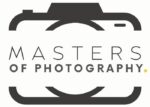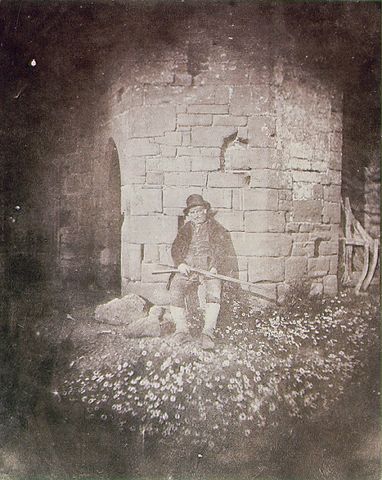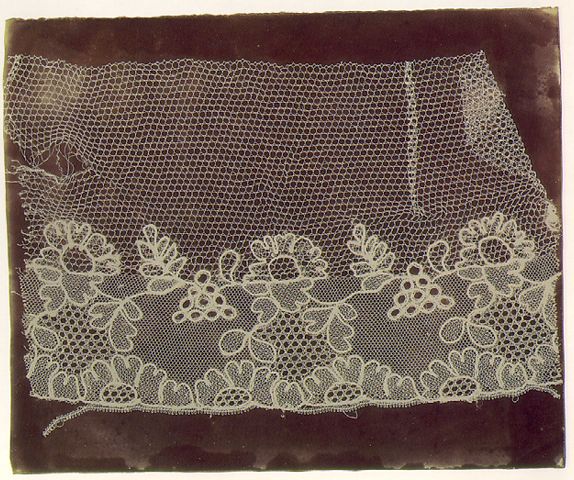William Henry Fox Talbot was a multifaceted English innovator and pioneer photographer born on February 11, 1800. He invented the salted paper and calotype processes, which paved the way for photographic methods of later centuries. Talbot created ‘photogenic drawings’ using lace, leaves, and grasses exposed to the sun in printing frames for his first pictures.
Talbot is most renowned for inventing the negative-positive photography system. His contributions established photography as an artistic medium and precipitated its widespread popularity through the years. He published The Pencil of Nature (1844-46), featuring original salted paper prints from his calotype negatives.
Beyond being a scientist, inventor, archaeologist, linguist, and photographer pioneer, Talbot was also captivated by Victorian-era interests such as social changes during his time. William Henry Fox Talbot died on September 17, 1877 at Lacock Abbey in Wiltshire.













